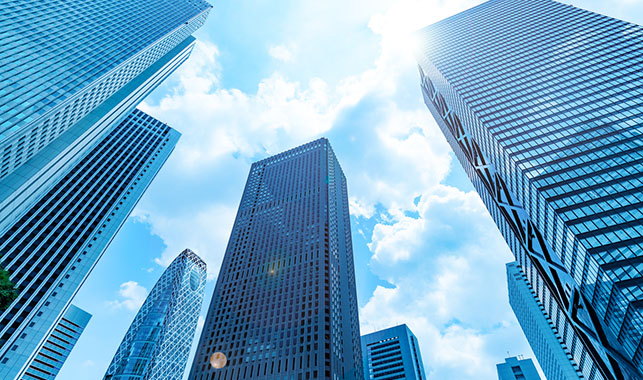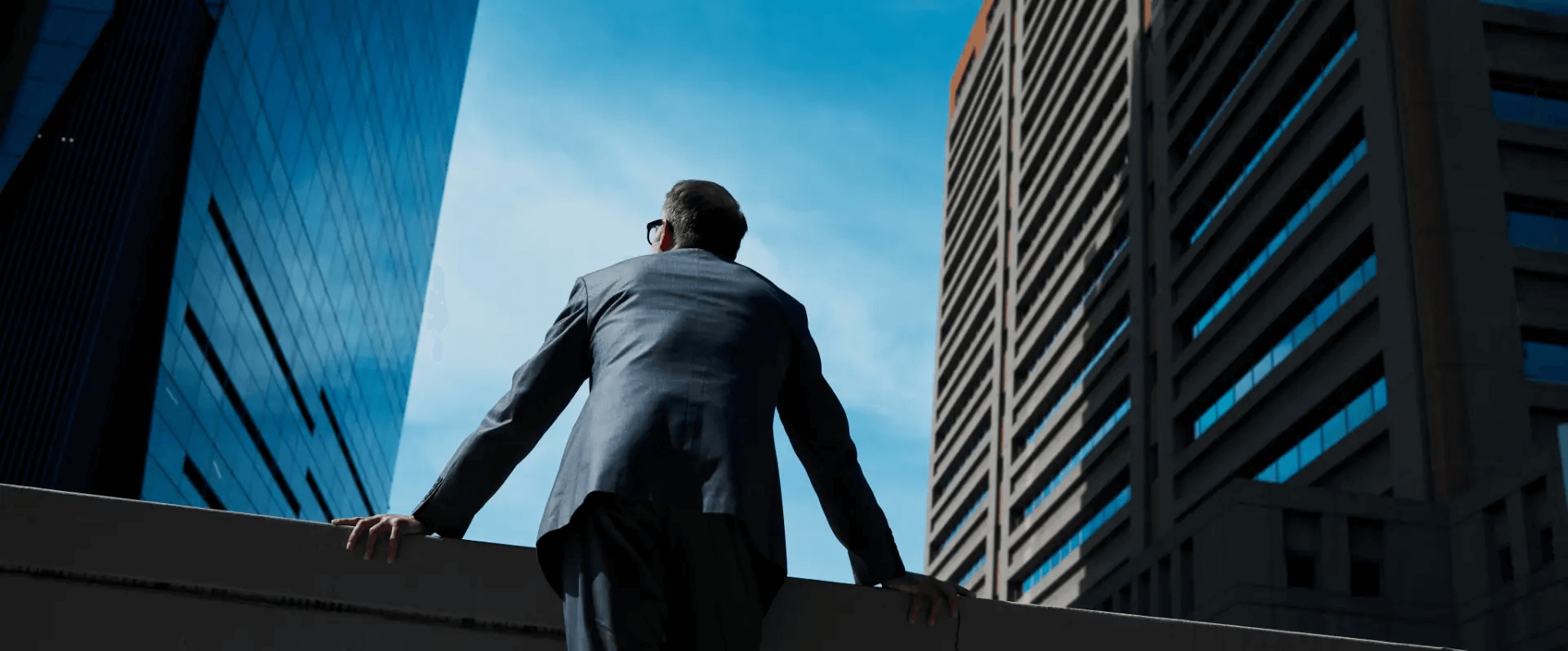Building Sensors Reduce Damage Error by Sixty Percent: The Future of Catastrophe Risk Management

In our latest installment of the Safehub Resilience Network webinar series, “Can Building Shaking Sensors Prevent Future Tragedies?,” Safehub led a discussion about how to reduce uncertainty in estimating building vulnerability after an earthquake. We welcomed two guest speakers from the Global Earthquake Model (GEM) Foundation, a global public-private partnership organization that is improving the state of practice of earthquake hazard and risk assessment through the development of open global databases, models, and tools—and improving stakeholder capacity for risk assessment.
Among the many initiatives at GEM are global hazard, risk maps, and other tools designed to help organizations inform their own understanding of earthquake hazard and risk. OpenQuake, GEM’s flagship product, is an open seismic hazard and risk analysis platform for development of Global Earthquake Hazard and Risk maps that provide the public with data on earthquake hazard and risk around the world.
John Schneider, GEM’s secretary general, discussed many of the ways that the work of his organization and Safehub are complementary. For example, GEM models can be used to estimate the potential for damage, while the Safehub catastrophe risk management solution can be used to significantly improve the models and impact estimates.
Building IoT Sensors Can Reduce Damage Error Estimates by 60 Percent
“We have been relying on earthquake magnitude and distance from the epicenter as one of the main data sources for post-earthquake decision-making for far too long. Now, thanks to new building-specific sensor solutions that can provide sensor and elongation data about damage to buildings that could not otherwise be detected, we can make more informed decisions.”
Vitor Silva, GEM’s seismic risk coordinator
Integrating building sensors can support the dynamic characterization of buildings and improve the selection or derivation of vulnerability models. Following destructive events, ground shaking or dynamic data provided by sensors can significantly reduce the bias and estimation of error by more than 60 percent. In fact, recent studies covering building damage from Spain show that, in some instances, minor damage cannot be detected in buildings without sensors. For building portfolios, the integration of sensors like Safehub’s in even a few buildings can dramatically improve the ability to assess potential losses.
According to Silva, the importance of incorporating building sensors cannot be overemphasized. During the webinar, Silva provided illustrations of massive losses that have been incurred across the globe from past earthquake events. One important example near Christchurch, New Zealand, demonstrated how, even after a post-earthquake inspection, a building still collapsed and more than 100 people that reoccupied it were killed.
Silva points out that there may have been some damage to the building that could not have been visible during the inspection. For example, some structural damage could be hidden behind nonstructural elements. Sensor data indicating clear changes in the dynamic properties of the building could possibly have supported the decisions of engineers and decision-makers about the need for a more detailed inspection of the building.
Safehub’s Mission: Reducing Error and Increasing Safety After an Earthquake
Safehub’s partnership with GEM is just one example of our mission to help make the world safer and more resilient from natural disasters by connecting building-specific risk information with portfolio-level decision-making. That means connecting the risk and damage of the building at the asset level and aggregating that at a portfolio level so that critical decisions around safety, crisis management, business continuity, and even insurance, can be made.
Today, Safehub is enabling organizations across the globe to reduce potential error in decision-making following an earthquake with a low-cost sensor solution they can easily install in all their buildings.
Get more information from the experts by watching the recording here:
The Future of Catastrophe Risk Management: Reducing Uncertainty After an Earthquake

